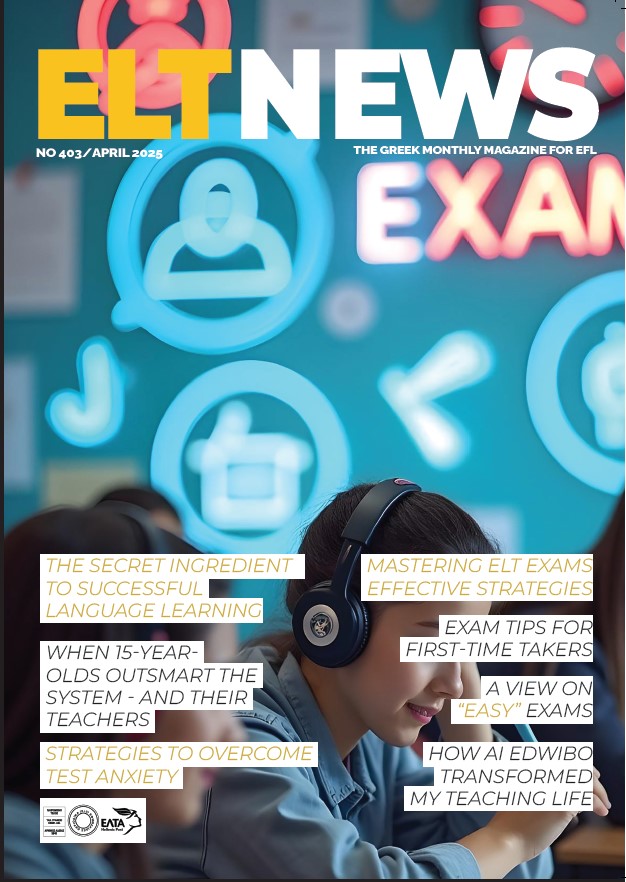When marking was introduced in the nineteenth century, it transformed education by embedding the idea that intelligence is something fixed and measurable, with clear differences among individuals. This belief—that some people are naturally "bright" while others are "slow" or even "stupid"—still shapes how students are assessed and categorized today (Peacock, 2016: 2). It influences how teachers approach teaching, how students see themselves, and ultimately, the opportunities available to them.
But the impact of grading goes far beyond the classroom. Society often ties perceived differences in ability to factors like social class, race, gender, and location. Those who score well on exams are often assumed to have greater intelligence, while those who struggle may be unfairly dismissed. The system does not simply reflect ability—it reinforces existing inequalities by making success seem like an innate trait rather than something shaped by opportunities, resources, and support.
Grading also fuels endless comparisons. Students are measured against their peers in the same school, across different schools, and even worldwide through assessments like PISA. Schools themselves are ranked in league tables, and performance is analyzed along socio-economic, racial, and gendered lines. This data-driven approach creates hierarchies: higher marks lead to access to better schools, elite universities, and sought-after jobs, while lower marks can limit future prospects and undermine confidence. These comparisons do not just affect individuals; they shape society, reinforcing barriers that make it harder for disadvantaged groups to succeed.
However, ranking students against each other is not an essential part of assessment. The process of evaluating learning does not have to mean sorting students into winners and losers. There are alternative ways to assess progress that do not rely on rigid grading systems. Qualitative feedback, portfolio assessments, and skills-based evaluations offer a more complete picture of a student’s strengths and areas for improvement without reinforcing outdated ideas of fixed intelligence.
In many ways, the current emphasis on grades discourages true learning. Instead of focusing on understanding and growth, students are often driven by the pursuit of high marks. This is especially problematic in language learning, where effective communication, creativity, and cultural awareness matter just as much—if not more—as strict grammatical accuracy. When rigid grading systems prioritize correctness over the ability to use language in real-world contexts, they reduce learning to a mechanical exercise rather than a meaningful skill.
The pressure of high-stakes grading also takes a serious toll on students' mental health. Many experience anxiety and self-doubt, particularly when they struggle to achieve the high scores expected of them. This stress is especially intense in systems where grades determine future opportunities, such as access to university or employment. Students who are labeled as "low-achieving" early on may internalize this identity, leading to a self-fulfilling prophecy where they disengage from learning and fail to reach their full potential.
It's important to challenge the idea that intelligence and learning ability are fixed. Research in educational psychology shows that intelligence is flexible—students can develop their abilities with effort, good teaching, and the right support. Despite this, grading-based comparisons continue to shape perceptions in ways that limit potential rather than expand it.
Reimagining how we assess language proficiency—and education more broadly—requires a shift in mindset. If we move beyond the belief that intelligence is something fixed and measurable, we can build a system that nurtures a wider range of talents and skills. This means focusing on individual progress rather than ranking students against each other. Personalized learning plans, formative assessments, and project-based evaluations could provide a more accurate and constructive way to understand student growth.
Some countries have already taken steps in this direction. Finland, for example, has reduced the emphasis on standardized testing in favor of alternative assessment methods, leading to higher student engagement and better overall educational outcomes. By prioritizing deep learning, creativity, and critical thinking instead of rigid grading structures, we can create a more supportive and dynamic learning environment. Ultimately, the real question is not whether we should assess learning, but how we can do it in a way that promotes fairness rather than exclusion. Moving beyond traditional grading does not mean lowering academic standards—it means adopting smarter, more meaningful ways of measuring student progress. A system that values growth, effort, and diverse abilities over arbitrary rankings will serve all learners better and create a more just and inclusive society. It's time to rethink how we evaluate students—not just to give them a better chance of success, but to break down the inequalities that traditional grading systems have long reinforced
